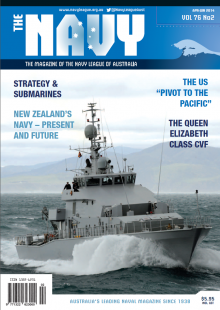Mr. Moore’s “Law”

Who could have predicted where technology – and especially where the high-technology that makes it possible for us to have cell phones and tablets and surf the internet – would take us today. Most of us would have lost our shirts if we placed wagers on technology’s future trajectory – but it wouldn’t because we had wild dreams, but because our view was so limited.
One pioneer did have that vision – over a half-century ago. In 1965, Gordon Moore gave us what we refer to today as Moore’s Law. Here’s part of what Michael Malone had to say in the Wall Street Journal article:
Fifty years ago, on April 19, 1965, chemist and reluctant entrepreneur Gordon E. Moore set out to graph the rapid rate of improvement in semiconductor-chip performance—and ended up discovering the heartbeat of the modern world.
That discovery is what became known as “Moore’s Law,” which is the observation that performance (speed, price, size) of integrated circuits, aka microchips, regularly doubled every 18 months. The graph began as an illustration to an article in Electronics magazine, and it didn’t acquire the name Moore’s Law” for another decade. And for a decade after that it remained a topic of interest mostly inside the semiconductor industry.
Moore’s Law became iconic not because of its novelty or through media promotion, but because it has proved to be the most effective predictive tool of new chip generations, technology innovation and even social and cultural changes of the last half-century. It achieved all this despite doubts about its durability even by Mr. Moore and the fact that it isn’t really a scientific law.
Yet against all odds and regular predictions of its imminent demise, Moore’s Law endures. The historic doubling of chip performance every 18 months may have slowed to half that pace today, but even pessimists now accept that we likely will live under its regime well into the next decade and beyond.
Read more about how this “law” has changed our lives here.







